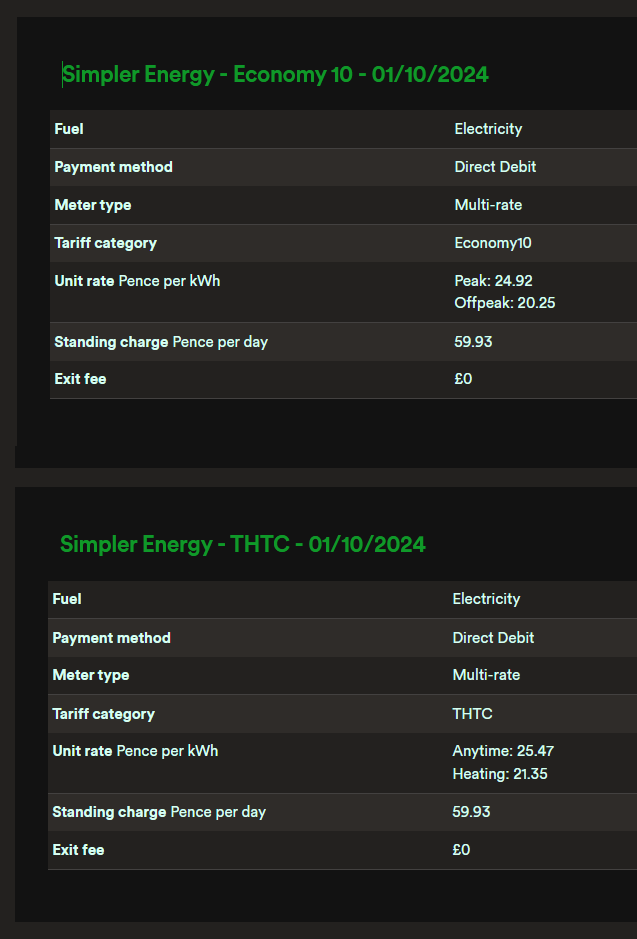Updated on 29/04/25 by Abby_OVO
Hey @Susanport999
One of our volunteers has left some really great questions here that would give us some more understanding. Are you having trouble with the heaters not coming on as they should?
If you could answer those questions from Firedog above and let us know if you’re having any issues.
Are you asking because the heaters aren’t coming on when you expect them to?
It would be helpful to see photos of the new installation:
- A clear close-up of the meter itself, taken after pressing button A to light up the display. Make a note of the time the photo is taken and put it underneath the photo when you post it;
- A view of the meter box/cupboard/backboard showing all the cables coming to and from the meter and the other bits of equipment around it.
Do you know whether your meter is successfully communicating with OVO?
The following topics may also be helpful:











